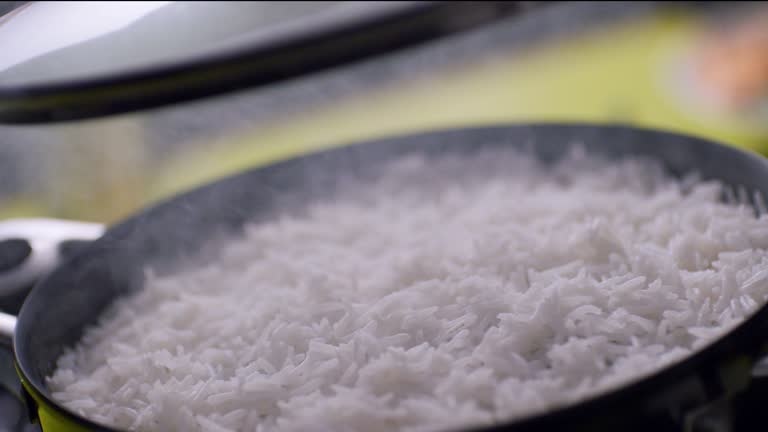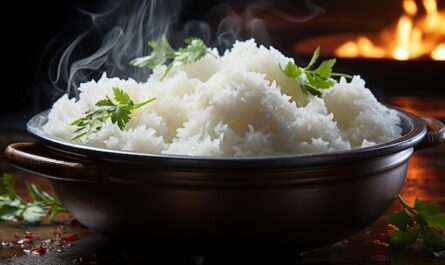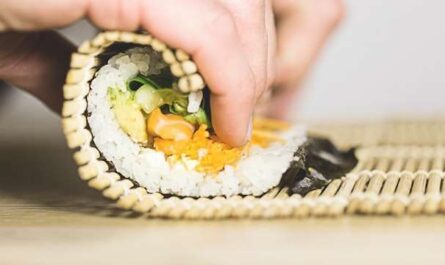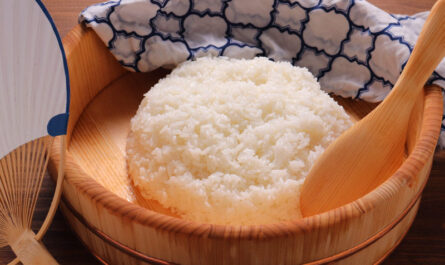Yamadanishiki rice is renowned as one of the finest varieties of rice used in sushi making and sake production. In this article, we will delve into the exceptional qualities that make this rice the preferred choice for culinary experts and sushi enthusiasts alike. Whether you’re a seasoned chef or a curious food lover, understanding the unique features of Yamadanishiki rice will enhance your appreciation for this delectable rice.

What is Yamadanishiki Rice?
Yamadanishiki rice is a short-grain rice variety grown in Japan. It is often considered the ‘king of sake rice’ due to its unique properties that contribute to the creation of high-quality sake. Its features make it not only perfect for sake but also ideal for crafting premium sushi.
The Unmatched Qualities of Yamadanishiki Rice
1. Texture
One of the most distinguishing features of Yamadanishiki rice is its creamy and firm texture. This texture makes it easy to mold and perfect for maintaining shape, essential for the perfect sushi.
2. Flavor
The taste of Yamadanishiki rice is subtly sweet with a hint of umami, enhancing the flavor of the sushi without overpowering the delicately flavored toppings, like fresh fish.
3. Absorption Rates
Its high absorption rate allows it to soak flavors well, making the rice taste richer and fuller when used in sushi. For tips on properly soaking your sushi rice, you can explore sushi rice soaking tips.
The Role of Yamadanishiki Rice in Sake Brewing
Besides its use in sushi, Yamadanishiki rice plays a crucial role in sake brewing. The size and structure of its grains help produce a smoother and more aromatic sake, coveted by sake enthusiasts worldwide.
Growing Conditions for Yamadanishiki Rice
Grown mainly in the Hyogo region of Japan, Yamadanishiki rice requires a very specific climate. It thrives in warm, sunny conditions with adequate rainfall, which the region naturally provides.
Challenges in Cultivating Yamadanishiki Rice
Despite its superior qualities, cultivating Yamadanishiki rice can be challenging due to its susceptibility to weather fluctuations and pest invasions. Its cultivation demands meticulous care and expertise, adding to its exclusivity and price.
The Importance of Using the Right Tools
When preparing dishes with Yamadanishiki rice, using the right tools can significantly affect the final product. Learn about pots suitable for sushi rice to ensure the perfect rice texture.
Yamadanishiki Rice vs. Other Rice Varieties
Unlike other rice varieties, Yamadanishiki rice is particularly low in protein and lipid content, which makes it ideal for culinary and brewing purposes where flavor balance is key.
Why Choose Yamadanishiki Rice for Sushi?
When making sushi, Yamadanishiki rice stands out due to its ability to bond ingredients while maintaining a subtle flavor profile, enhancing the overall dining experience.
Understanding Grade Levels in Yamadanishiki Rice
Grading in Yamadanishiki rice is based on the size and whiteness of grains. Higher-grade rice offers a purer taste, essential for premium sake production and gourmet sushi dishes.
Popular Dishes with Yamadanishiki Rice
Nigiri Sushi
Nigiri sushi topped with fresh fish pairs excellently with the mild yet full-bodied flavor of Yamadanishiki rice.
Sake Pairings
Dishes such as kappa maki or even rice bowls can be paired seamlessly with premium sake brewed from Yamadanishiki rice.
Setting Up Perfect Sushi Instagrams
With the growing trend of food photography, using high-quality ingredients like Yamadanishiki rice can elevate your presentations. Get tips on perfectly setting up sushi shots for social media.
How to Maintain Tools and Utensils?
Keeping sushi tools in pristine condition is essential for preparing Yamadanishiki rice and sushi. For advice on care, check out tips on maintaining tool hygiene.

Frequently Asked Questions
What makes Yamadanishiki rice special?
Its unique texture, flavor, and absorption rate make it ideal for sushi and sake.
Where is Yamadanishiki rice primarily grown?
It is mainly cultivated in the Hyogo region of Japan.
Can Yamadanishiki rice be used for regular cooking?
While it can be used, it is often reserved for premium dishes due to its quality and cost.
Yamadanishiki rice offers a unique blend of qualities that elevate any dish, making it a top choice among sushi lovers and connoisseurs alike. By understanding its features, enthusiasts can truly appreciate the exquisite taste and quality it brings to the table.
This article contains affiliate links. We may earn a commission at no extra cost to you.




